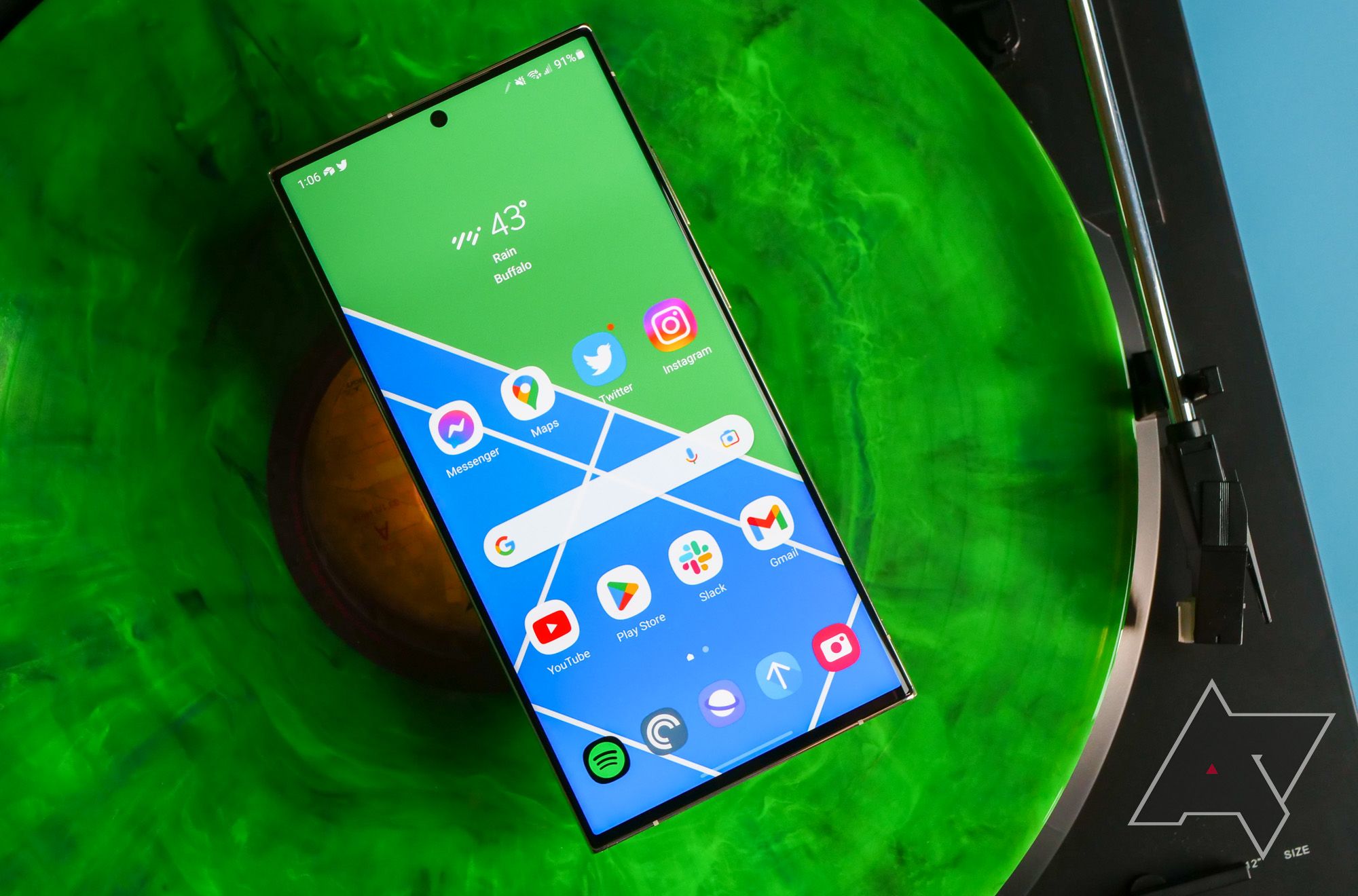Summary
- The Google Pixel 9 might introduce Adaptive Touch for seamless touch sensitivity adjustments.
- Initially spotted last month, Adaptive Touch will automatically adjust the screen’s touch sensitivity based on the user’s environment and activities.
- The feature is likely to make its debut on the Pixel 9 before rolling out to older Pixel phones.
Smartphones these days flaunt smooth and snappy screens, and nobody wants a sluggish display. Generally, your phone’s touch sensitivity works fine for everyday use. But things can get tricky when you put on some gloves—suddenly, getting your phone to respond becomes a bit of a challenge. Some phones have a “glove mode” for these situations, and other models might have a dedicated screen protector mode. However, toggling these features manually can be a hassle. Luckily, the upcoming Google Pixel 9 might bring a handy new feature that can automatically adjust the screen’s touch sensitivity depending on your environment and activity.
This is not the first time we’ve heard of this feature. Last month, Mishaal Rahman, writing for Android Police, dug into the Android 14 QPR3 Beta 1 and found an intriguing piece of code. It talks about something called “adaptive touch,” revealing that “Touch sensitivity will automatically adjust to your environment, activities, and screen protector.”
In a recent update, Mishaal Rahman, writing for Android Authority, reports that fresh code in the latest Android 14 QPR3 Beta 2 points to Adaptive Touch as a “P24” feature. This suggests that it’s set to roll out with the Pixel 9 and Pixel 9 Pro.

How to increase touch sensitivity on your Android phone
Touch sensitivity issues can bog down your Android experience
As of now, there’s no clear information on how this feature will function on Pixel devices. We know that certain screen protectors can influence screen responsiveness, and the same goes for factors like water droplets on the screen.
Will Adaptive Touch make its way to older Pixels?
As the feature is expected to make its way to the upcoming Pixel series, the big question remains: will Google eventually extend it to earlier Pixel models? It’s a classic move by Google to introduce a new feature exclusively on the latest flagship releases to boost sales. Then, after a while, the company might roll out the feature to older Pixel models that can handle it.
The specifics of the environments or activities the display will adapt to remain unclear. However, thinking about common scenarios that mess with touch screens, it’s probably going to cover things like rain or wet fingers and dealing with gloves, among others. It’s a safe bet that it would probably work by keeping an eye on the touch screen and adjusting to any changes on the fly.




